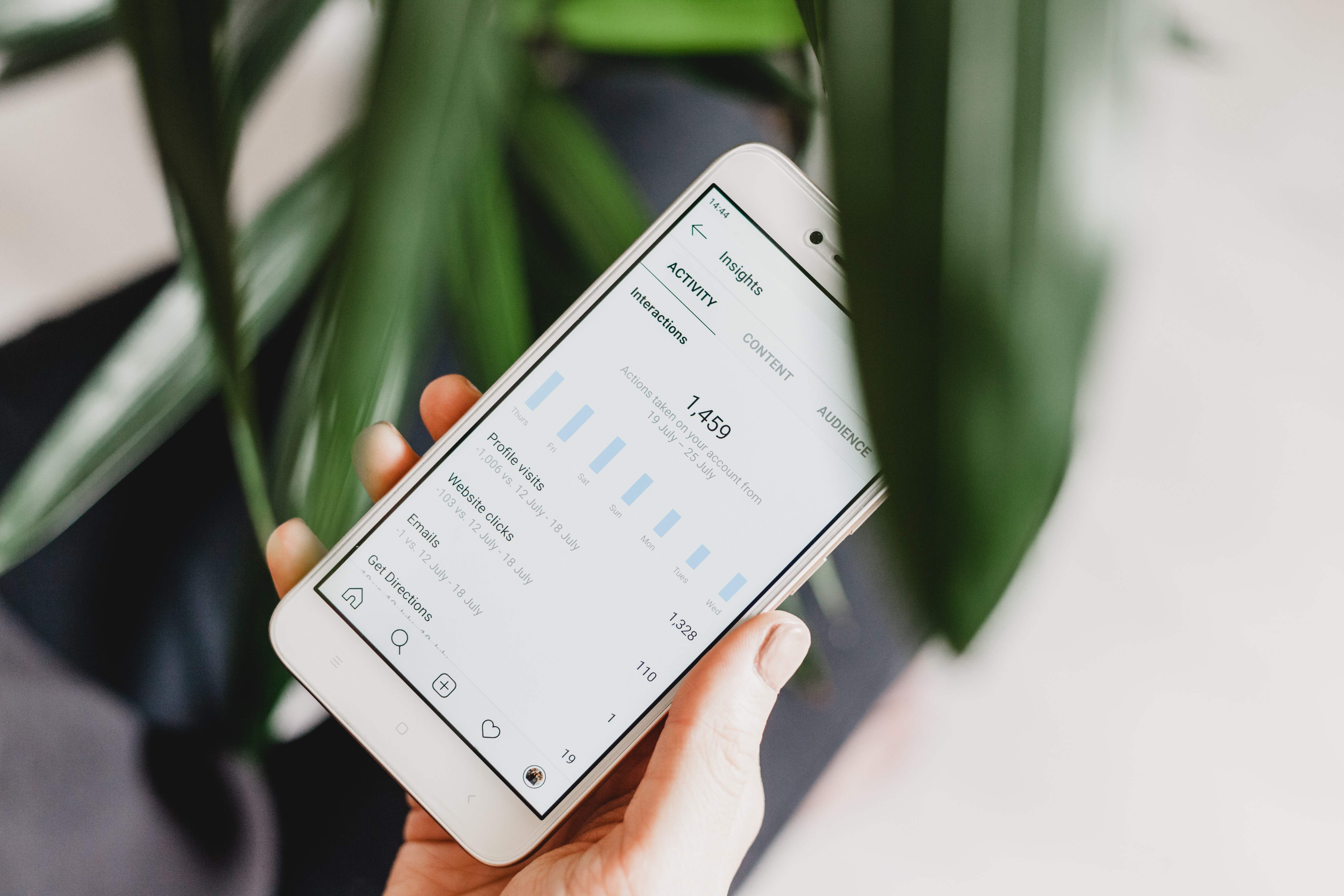Imagine that you have been tasked with optimizing your company’s social media presence. Or that you are now in charge of generating leads through an organic social media strategy. How do you begin such a task? On which metrics do you allocate your focus? How do you measure success in the ever-changing world of social media?
Often, those who do not typically work in the backend and content-creation side of social media may rationalize a large following to be a measure of success. There’s definitely some merit to that line of thinking. I.e., having more followers than your top competitor may not be totally lost on a consumer.
However, the number of followers does not fully denote success. Engagement is a much more accurate reflection of how well your presence is performing. Is your audience pressing “like” on your post or are they scrolling past it without even thinking about it? To be blunt, it doesn’t matter how many people follow your page if no one’s interacting with your content. It all boils down to the almighty algorithm.
Working in the social media marketing industry, you’ll hear the word “algorithm” tossed around a lot. But what does this actually mean? Well… it can mean a couple of things depending on what you are trying to accomplish and depending on what platform you are using (Facebook, Instagram, Twitter, etc.). When you post, only a portion of your following will actually see that content to start. Depending on how well that content performs, the algorithm will then serve the content to more of your followers. Then, they may share it with their followers, steadily increasing a metric we like to call “reach.”
Are you writing all this down? It will be on the midterm.
Accounts that have a larger number of followers may inherently have a higher reach, yes, but even this does not always lead to success. OK, now get out your scratch paper and #2 pencil - It’s time to do some good old-fashioned math.
Let’s run a quick scenario - there are two Instagram accounts: A and B.
Account A has 500 followers. Account B has 5000. On a monthly basis, account A receives an average of 25 likes, and 1 comment per post. Account B receives an average of 100 likes and 3 comments per post.
At a glance, it may seem that account B is the more successful of the two. After all, it has more followers and more points of engagement. However, by examining at the proportionality of engagements to the following, we are able to infer an “engagement rate.” AKA: what percentage of your following is regularly is interacting with your content.
By dividing the points of engagement by the number of followers, we find that account A has a 5.20% engagement rate and account B has 2.06%. Meaning: even though account A had fewer followers and fewer points of engagement, this is the more optimized profile. This is the account that is more likely to draw in qualified leads and increase organic reach at a higher rate. Understanding and utilizing this engagement rate allows brands of different scales (but within the same industry) to accurately compare against each other.
A higher engagement rate means higher reach. Higher reach means more people seeing your content. More people seeing your content leads to organic growth. In conclusion, remember that content influences the following - not the other way around.



